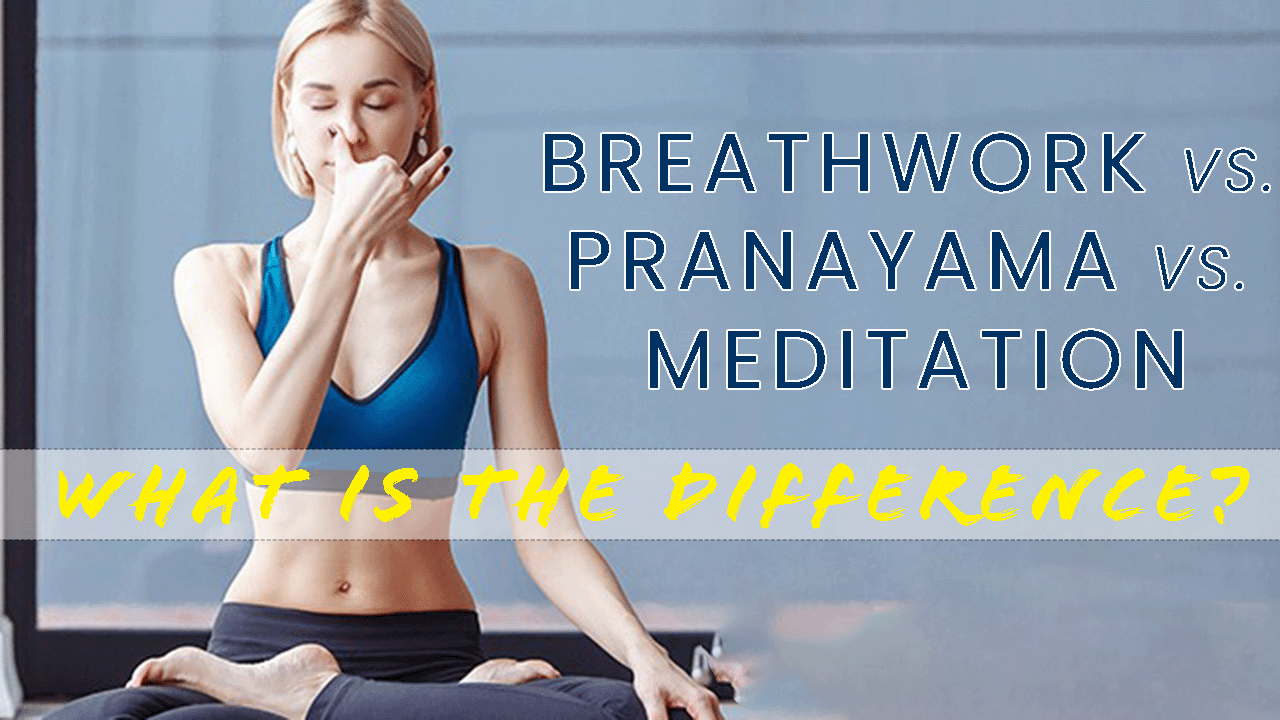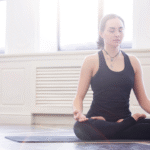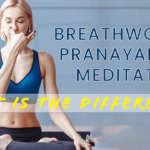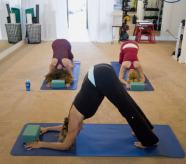Breathwork Techniques vs Pranayama Practices Differences and Similarities
Breathwork and Pranayama might seem like two sides of the same coin—and in many ways, they are. Both involve conscious control of the breath, both offer immense physical and mental health benefits, and both are rooted in ancient traditions. But there are key differences in approach, intention, and underlying philosophy that make each unique.
Whether you’re new to the world of mindful breathing or you’re looking to deepen your understanding, this guide breaks down everything you need to know about how Breathwork and Pranayama overlap, differ, and how to choose what suits your personal wellness journey.
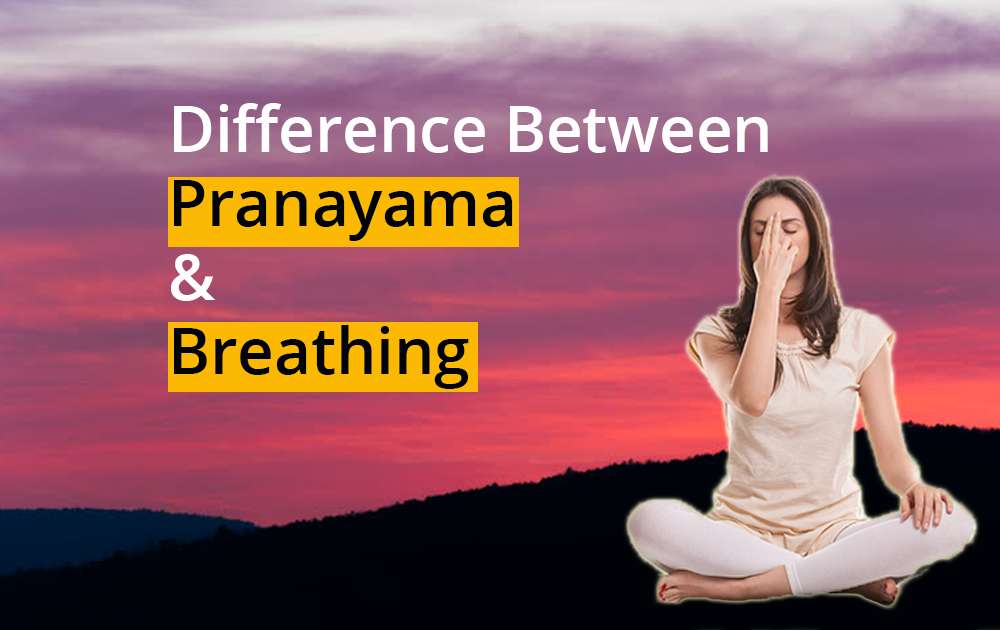
What Is Breathwork
Breathwork is a general term for a wide variety of breathing techniques used to influence the body, mind, and emotional state. Most breathwork practices are rooted in psychology, modern somatics, and holistic therapy rather than ancient philosophy.
Common Forms of Breathwork
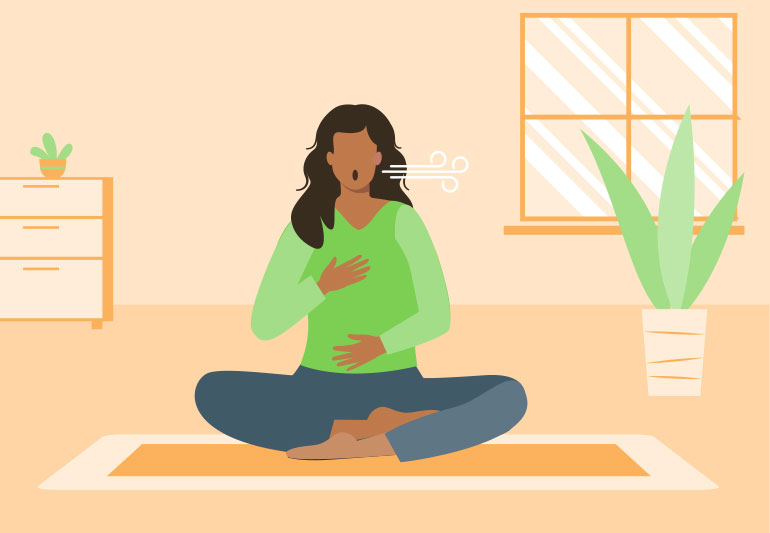
There are many types of breathwork practiced today. Some of the most popular include:
- Holotropic Breathwork – A therapeutic technique developed by Stanislav Grof that uses fast-paced breathing to induce altered states of consciousness.
- Transformational Breathwork – A technique focused on personal growth, emotional release, and inner healing.
- Rebirthing Breathwork – A method that focuses on conscious connected breathing to clear stored trauma from the body.
- Clarity Breathwork – Combines conscious breathing with counseling-style reflection and integration.
- Wim Hof Method – A science-backed method combining breathing, cold exposure, and commitment to boost immunity and resilience.
The Focus of Breathwork
Breathwork is generally used for:
- Emotional release
- Stress and trauma healing
- Self-discovery
- Mental clarity
- Spiritual awakening
- Improved mood and focus
Unlike traditional meditative breath control, breathwork often aims to shift the nervous system quickly and powerfully.
What Is Pranayama?
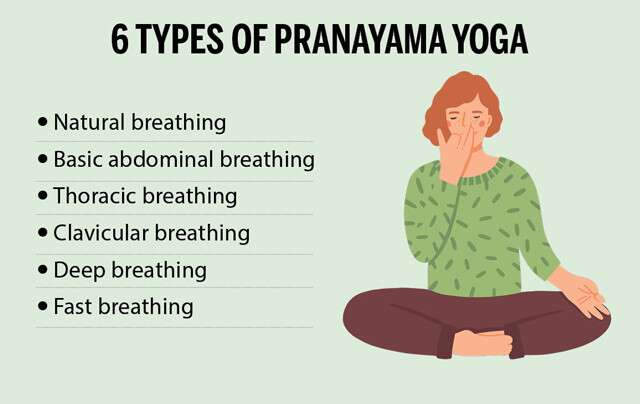
Pranayama is a Sanskrit term from ancient Indian yogic practices. It translates roughly to “extension or control of the life force (prana)” and refers to a set of breathing techniques that are part of the broader discipline of yoga.
Types of Pranayama Practices
There are eight classical forms of Pranayama, including:
- Nadi Shodhana (Alternate Nostril Breathing) – Balances energy channels, reduces anxiety.
- Bhramari (Bee Breath) – Uses sound vibration to calm the nervous system.
- Kapalabhati (Skull-Shining Breath) – Cleansing, energizing technique involving forceful exhales.
- Bhastrika (Bellows Breath) – Energizing breath that increases oxygen supply.
- Ujjayi (Victorious Breath) – Used in asana practices; calming and focusing.
- Sheetali and Sheetkari – Cooling breath practices that lower body heat.
- Anulom Vilom – Variation of Nadi Shodhana to balance left and right brain hemispheres.
- Surya Bhedana and Chandra Bhedana – Solar and lunar channel breathing to enhance alertness or calm.
The Purpose of Pranayama
Pranayama is used for:
- Balancing the doshas and energy centers (chakras)
- Calming or energizing the mind
- Enhancing focus and mindfulness
- Preparing for deep meditation
- Increasing oxygenation and vitality
- Spiritual advancement and self-realization
Pranayama is more than a technique—it’s a spiritual and energetic practice deeply rooted in yogic tradition.
Key Differences Between Breathwork and Pranayama
Although both involve conscious breathing, there are some major differences in their approach, origin, and outcome.
Origins and Philosophical Roots
- Breathwork:
- Modern origins (1960s–present)
- Rooted in psychology, somatic therapy, and modern wellness
- Often secular and therapeutic
- Pranayama:
- Ancient yogic origins (at least 3000 years old)
- Rooted in Hindu philosophy and yogic texts like the Bhagavad Gita and Hatha Yoga Pradipika
- Spiritual and energetic in nature
Intention and Outcome
- Breathwork:
- Often used for emotional release, trauma healing, and somatic experiences
- Can induce strong physiological reactions (tingling, crying, shaking, euphoria)
- Accessible and non-religious
- Pranayama:
- Aims for balance, control of prana (life energy), and preparation for meditation
- More regulated, structured, and calming
- Tied to spiritual growth, subtle body awakening, and higher states of consciousness
Practice Structure
- Breathwork:
- May be guided by a facilitator or done in group sessions
- Sessions last 30–90 minutes
- Often involves music, movement, and dramatic breath cycles
- Pranayama:
- Usually self-practiced or taught by a yoga teacher
- Integrated into a daily yoga or meditation routine
- More subtle and measured; often practiced on an empty stomach
Similarities Between Breathwork and Pranayama
Despite their differences, Breathwork and Pranayama share a lot of common ground.
Core Overlaps
- Both involve conscious regulation of the breath
- Both can activate or calm the nervous system
- Both promote mental clarity and emotional well-being
- Both support stress relief and relaxation
- Both improve oxygen flow and lung capacity
- Both can be practiced solo or in a group setting
While the styles and goals may differ, the physiological mechanisms behind them are often the same—stimulating the vagus nerve, influencing heart rate variability, and enhancing mind-body awareness.
Which One Should You Practice?
The answer depends on your goals, personality, and background.
Breathwork May Be Right If You…
- Want to release emotional blockages quickly
- Are exploring trauma recovery or inner child work
- Prefer expressive, cathartic experiences
- Don’t connect with traditional yogic or spiritual systems
- Need help with anxiety, panic attacks, or burnout
- Enjoy group healing circles and guided sessions
Pranayama May Be Right If You…
- Are interested in yoga, meditation, or Ayurveda
- Want to balance your energy and deepen your practice
- Prefer quiet, structured breath routines
- Are seeking long-term transformation and inner peace
- Enjoy exploring subtle energies, chakras, and spiritual disciplines
- Want a practice with strong roots and time-tested wisdom
Can You Combine Both Practices?
Absolutely.
In fact, many modern wellness practitioners integrate both. You might use Breathwork for deep emotional processing and then follow up with calming Pranayama techniques like Nadi Shodhana or Ujjayi to restore equilibrium.
Just make sure to:
- Learn from a qualified instructor or guide
- Start slowly, especially with intense breathwork
- Honor your body’s responses and never force the breath
- Listen to your intuition and energy levels
Benefits of Incorporating Breathwork and Pranayama
No matter which path you choose—or if you blend both—you’ll likely experience significant shifts in your physical, emotional, and spiritual health.
Some Shared Benefits Include:
- Reduced anxiety and depression symptoms
- Improved sleep and focus
- Increased lung capacity and oxygenation
- Balanced nervous system (sympathetic and parasympathetic)
- Enhanced energy and mood regulation
- Greater connection to self and intuition
- More presence, mindfulness, and clarity
Table of Contents
FAQs About Breathwork and Pranayama
Is breathwork dangerous
When done correctly, breathwork is safe—but intense sessions can cause dizziness, tingling, or emotional overwhelm. Always consult a trained facilitator, especially if you have heart conditions, epilepsy, or mental health concerns.
Can beginners start with Pranayama
Yes! Start with basic practices like Nadi Shodhana or Ujjayi. Avoid advanced ones like Bhastrika or Kapalabhati until you’ve built a foundation.
How often should I practice
- Breathwork: 1–2 times per week is enough for emotional work.
- Pranayama: Can be practiced daily as part of your morning or evening routine.
Can I do both on the same day
Yes, but keep breathwork and pranayama separate. Do Breathwork first if you’re combining—then Pranayama to rebalance.
Do I need a teacher
While guided sessions are best, many beginner practices are accessible online. Just be cautious with more advanced techniques.
Final Thoughts Choosing Breath as Your Tool for Transformation
At the end of the day, both Breathwork and Pranayama offer transformative power. One is born from ancient wisdom, the other from modern healing science—but both guide you toward the same truth: your breath is a doorway to deeper healing, clarity, and self-connection.
Whether you lean into the structure and subtlety of Pranayama or the emotional release of Breathwork, the real magic begins when you slow down, tune in, and breathe with intention.




